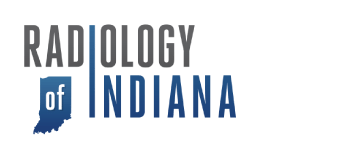10 Tips to Prevent Varicose Veins
Varicose veins are enlarged, dark purple or blue blood vessels that bulge out from the skin, most frequently on your legs. In addition to being unsightly, varicose veins can cause aching pain, throbbing, and discomfort. They may also be an indicator of serious health issues, including poor circulation. Fortunately, you can take steps to help prevent varicose veins and maintain healthy circulation in your legs. Here are 10 tips for prevention:
Weight Loss – Carrying extra weight causes added strain on your legs. Reducing your weight will not only help your overall health, but minimize the likelihood of developing varicose veins.
Find a Chair – Standing for long periods of time adds to your risk of developing varicose veins. Look for opportunities to reduce the stress on your legs by sitting when possible.
Improve Circulation – Compression stockings help your legs by supporting your weight, which improves circulation. If you have a job that requires you to stand often, compression stockings are a valuable option. Another method for those who stand a lot is to flex your calf muscles. You can also try squeezing your feet in your shoes to improve blood flow.
Exercise – Staying active is great for your health, in general, but it also improves the circulation in your legs. Activities like biking, swimming, and walking are highly recommended. You must still use caution, however, when exercising. Abdominal pressure, for example, can block blood flow to your heart. If you lift weights, make sure you blow out to limit the pressure.
Stop Smoking – Smoking is obviously bad for your health, but many people don’t realize the effects it has on your circulation. By quitting, you improve blood flow throughout your body and minimize your risk for high blood pressure – both associated with varicose veins.
High-Estrogen Birth Control – Birth control pills and hormonal supplements that are high in estrogen can alter your circulation. As noted already, poor circulation can lead to varicose veins. Note that pregnancy also causes an elevation of many hormones. Approximately 70 percent of women who become pregnant and have inherited a family gene for varicose veins will see them develop. The good news is that many of these veins will disappear 4 to 6 weeks after you finish breast-feeding.
Crossed Legs – Many people automatically cross their legs when they sit down. Unfortunately, doing so hampers circulation. You can help prevent varicose veins by avoiding this habit.
Wear Comfortable Clothing – You want to avoid constricting your legs and waist to ensure circulation remains fluid. When possible, try to wear low-heeled or flat shoes and clothes that don’t restrict. Girdles or knee-high nylons or socks can block blood flow. High-heeled shoes – 1.5 inches high or more – don’t allow proper circulation.
Elevate – Take time each day to kick up your feet and relax! Elevating your feet above your heart for a short while helps circulation, lessening the chances of varicose veins developing.
Seek Treatment – In some cases the steps above just aren’t enough to prevent varicose veins. If you’re struggling with them, consider speaking with a specialist about medications and other treatments to alleviate the discomfort.



